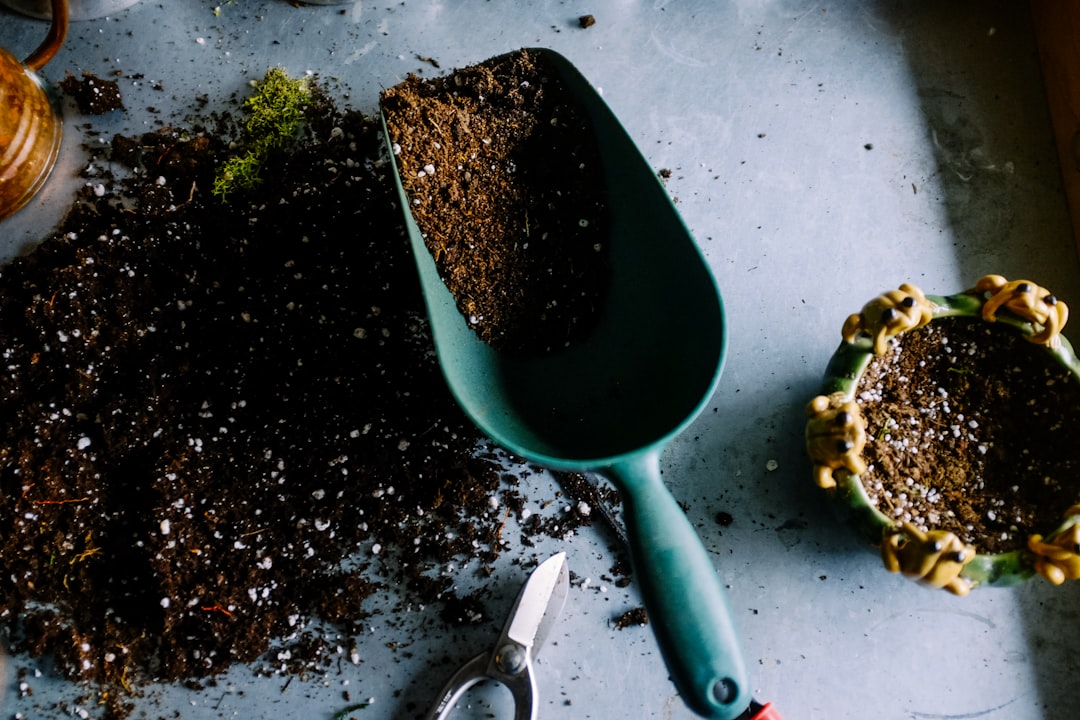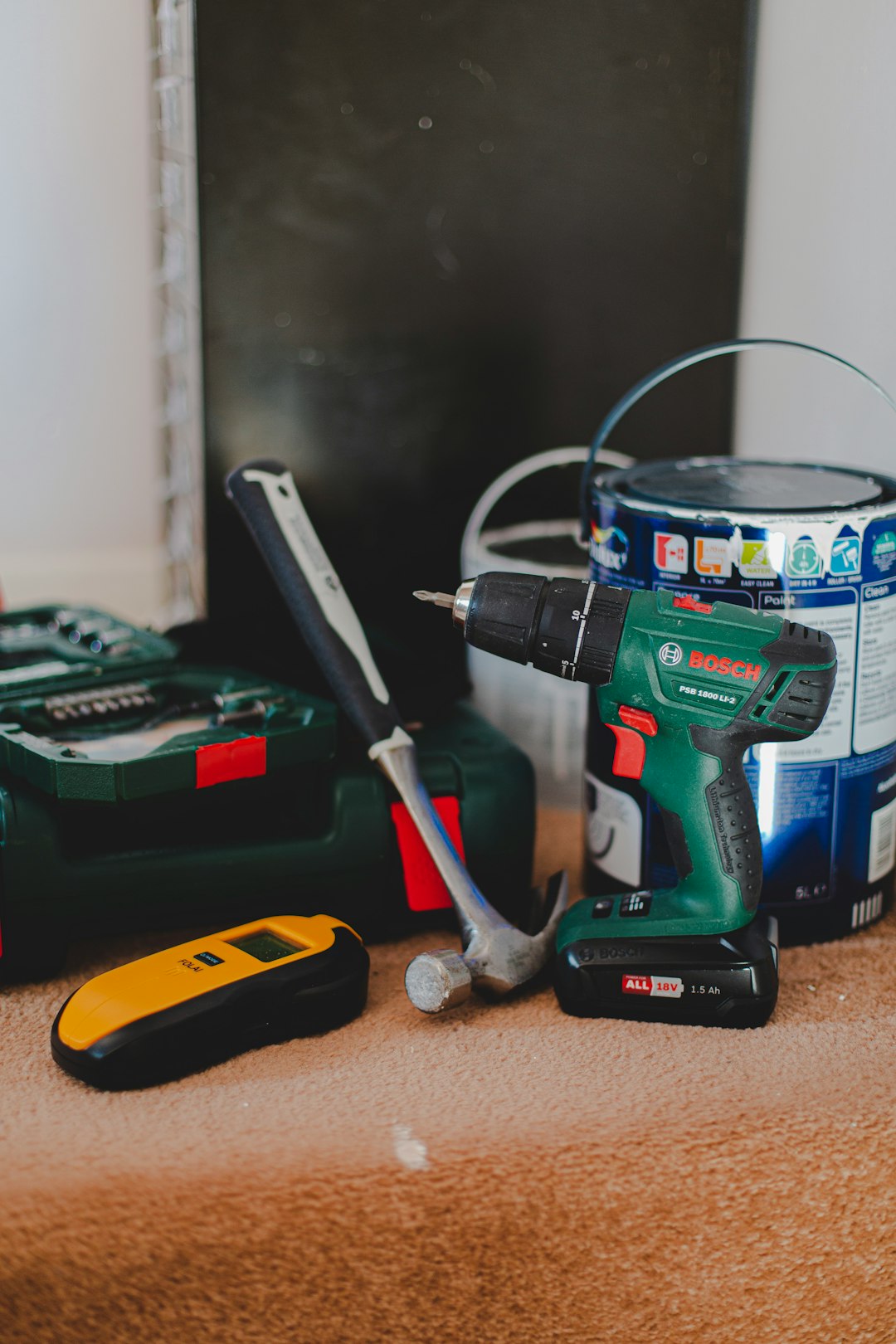Sprinkler Systems Demystified: A Fun, Informative Guide to DIY Repairs
Sprinkler systems might seem like mysterious contraptions, but fear not, we’re here to sprinkle a little knowledge your way! Whether you’re a seasoned green thumb or just trying to keep your lawn from resembling a desert, understanding the basics of lawn sprinkler repairs can save you time, money, and a lot of soggy frustration. If you’ve ever found yourself searching for “lawn sprinkler repairs near me,” you’re not alone, and this guide will walk you through everything from how to repair a sprinkler head to mastering the art of how to fix sprinkler head rotation. We’ll even tackle how to fix sprinkler valve issues and give you the lowdown on sprinkler head repair cost, all while keeping things light and engaging. So grab your toolbox and let’s dive into the world of sprinkler system repair do it-yourself style, because your lush, green oasis awaits!
{source=”unsplash” unsplashQuery=”lawn care, sprinkler repair, DIY, gardening, irrigation system, repairs, home improvement” unsplashId=”BduDcrySLKM”}
## Understanding Sprinkler Systems
Sprinkler systems are vital for maintaining lush and green landscapes, but how do they work, and what components are involved? This section unpacks the basics, exploring what sprinkler systems are, the types of sprinkler heads available, and common issues you might encounter.
### What Are Sprinkler Systems?
**Sprinkler systems** are automated solutions designed to distribute water efficiently across lawns and gardens. They consist of a network of pipes, valves, and sprinkler heads that work together to hydrate your landscape without manual intervention. *These systems can be customized* to suit various garden layouts and watering needs, ensuring every inch of your lawn receives the care it requires.
The primary advantage of a sprinkler system is its ability to save water by avoiding over-irrigation. This is achieved through timers and sensors that determine the optimal watering schedule. Additionally, sprinkler systems can enhance the health of your lawn by providing consistent moisture levels.
When learning about sprinkler systems, it’s essential to understand their components, such as controllers, pipes, valves, and heads. Each part plays a crucial role in the system’s functionality and requires regular maintenance to prevent malfunctions.
### Types of Sprinkler Heads
Sprinkler heads are the final step in distributing water over your lawn and come in various designs to suit different environments. The most common types include *rotary*, *spray*, and *drip* heads, each serving unique purposes.
– **Rotary heads** are ideal for large areas. They rotate to cover extensive spaces, delivering water over longer distances.
– **Spray heads** work best in smaller, more confined spaces. They provide a consistent and even water distribution.
– **Drip systems** are perfect for garden beds and specific plants. They release water slowly, directly to the soil, minimizing evaporation.
Choosing the right sprinkler head involves considering lawn size, plant types, and water pressure. This decision can significantly impact water efficiency and distribution effectiveness.
### Common Sprinkler System Issues
Sprinkler systems, while efficient, aren’t without their problems. Common issues include **clogged nozzles**, **broken sprinkler heads**, and **valve malfunctions**. These can lead to uneven watering and increased water bills if left unaddressed.
– Clogged nozzles often result from debris accumulation. Regular cleaning can prevent this issue.
– Broken heads usually occur due to physical damage. Replacing damaged heads promptly ensures optimal system performance.
– Valve issues can cause zones to remain on longer than necessary. Inspecting and replacing faulty valves can resolve this problem.
Understanding these common problems allows for quicker identification and resolution, keeping your sprinkler system running smoothly.
## DIY Sprinkler System Repairs
Fixing your sprinkler system doesn’t always require professional help. With the right tools and knowledge, many common issues can be addressed at home. This section guides you through essential tools for repairs and step-by-step instructions for fixing sprinkler heads and valves.
### Essential Tools for DIY Repairs
Before diving into repairs, it’s crucial to have the right tools on hand. These tools not only make the job easier but also ensure the repairs are done correctly.
1. **Screwdrivers**: Essential for adjusting and repairing sprinkler heads.
2. **Pliers**: Useful for gripping and removing sprinkler components.
3. **Shovel**: Needed for digging around pipes and sprinkler heads.
4. **PVC Cutter**: For cutting and replacing damaged pipes.
5. **Sprinkler Head Adjustment Tool**: Specific to certain models for precise adjustments.
Having a well-stocked toolbox prepares you for most DIY repairs and minimizes interruptions during the process. Ensure tools are maintained to avoid additional issues during repairs.
### How to Repair a Sprinkler Head
Fixing a sprinkler head is a straightforward process that can restore your system’s efficiency. Follow these steps to ensure success:
1. **Identify the Damaged Head**: Observe your system in action to pinpoint the malfunctioning head.
2. **Remove the Head**: Use a shovel to dig around the head, exposing it. Unscrew it from the riser.
3. **Clean or Replace**: Inspect for clogs or damage. Clean the head or replace it if necessary.
4. **Reattach and Test**: Screw the head back onto the riser, ensuring a tight fit. Run your system to check for proper operation.
Regular inspection and cleaning can prevent many sprinkler head issues, saving time and effort in the long run.
### How to Fix Sprinkler Valve
Valve issues can disrupt your entire system, but they can often be fixed with a few simple steps:
1. **Locate the Valve Box**: This is usually buried in a box underground.
2. **Inspect for Damage**: Check for leaks or broken seals.
3. **Replace the Solenoid**: A common culprit for valve issues. Unscrew the old one and replace it with a new solenoid.
4. **Test the System**: Turn on the water to ensure the valve operates correctly.
Frequent valve checks can preempt major issues, keeping your system functioning optimally.
## Troubleshooting Common Problems
Having trouble with your sprinkler system? Here, we dive into some of the most common issues homeowners face and provide practical solutions for each. From ensuring proper sprinkler head rotation to addressing water pressure problems, we’ve got you covered.
### Sprinkler Head Rotation Fix
A sprinkler head not rotating correctly can cause uneven watering. Here’s a quick fix:
1. **Check for Obstructions**: Remove any debris blocking movement.
2. **Adjust the Head**: Use an adjustment tool or screwdriver to tweak the rotation.
3. **Lubricate Moving Parts**: Apply a silicone-based lubricant to facilitate smooth rotation.
Regular checks and maintenance can prevent rotation issues from recurring.
### Diagnosing Water Pressure Issues
Water pressure issues can hinder your system’s performance. To diagnose and resolve these:
1. **Check the Main Valve**: Ensure it’s fully open to allow maximum flow.
2. **Inspect for Leaks**: Leaky pipes can reduce pressure. Repair any leaks promptly.
3. **Install a Pressure Regulator**: This can balance pressure throughout the system.
Maintaining optimal water pressure ensures efficient watering and prevents system strain.
### Addressing Leaky Connections
Leaky connections waste water and affect efficiency. Here’s how to address them:
1. **Identify the Leak**: Observe where water is escaping.
2. **Tighten Fittings**: Ensure all connections are secure.
3. **Replace Damaged Seals**: Leaks often occur at worn-out seals or gaskets.
Regularly inspecting connections can help identify leaks early, minimizing water waste.
## Cost-Effective Repair Solutions
Being proactive about repairs doesn’t have to break the bank. This section explores the costs associated with sprinkler head repairs, where to find affordable parts, and when you might need professional help.
### Sprinkler Head Repair Cost Breakdown
Repair costs can vary widely depending on the issue. Here’s a basic breakdown:
| Repair Type | Cost Range |
|——————–|—————-|
| Head Replacement | $5 – $20 |
| Valve Repair | $75 – $150 |
| System Tune-up | $100 – $250 |
Understanding these costs can help budget for regular maintenance and unexpected repairs.
### Affordable Parts and Where to Find Them
Finding parts doesn’t have to be expensive. Consider these sources:
– **Local Hardware Stores**: Often have competitive prices.
– **Online Retailers**: Offer a wide range of parts at discounted rates.
– **Specialty Irrigation Suppliers**: Provide expert advice and quality products.
Shopping around can yield significant savings, especially when purchasing in bulk or during sales.
### Professional vs DIY: When to Call for Help
While DIY repairs are cost-effective, some situations require professional expertise:
– **Complex Electrical Issues**: Involving timers or wiring.
– **Extensive System Overhauls**: When major components need replacement.
– **Persistent Leaks**: That aren’t resolved by basic interventions.
Calling a professional can prevent further damage and ensure repairs are done correctly.
## Maintenance Tips and Tricks
Staying on top of your sprinkler system’s maintenance can prolong its life and ensure it operates efficiently. This section offers valuable tips on seasonal maintenance, efficient water usage, and preventative measures for long-term savings.
### Seasonal Maintenance Checklist
Regular maintenance ensures your system remains efficient. Follow this seasonal checklist:
– **Spring**: Inspect for winter damage, check for leaks.
– **Summer**: Adjust timers for longer days, clean heads.
– **Fall**: Drain system to prevent freezing, cover exposed parts.
– **Winter**: Store removable components indoors, monitor for ice damage.
A seasonal routine keeps your system in top condition year-round.
### Tips for Efficient Water Usage
Water conservation is crucial. Here’s how to make your system more efficient:
– **Adjust Timers**: Water early morning or late evening to reduce evaporation.
– **Install Rain Sensors**: Prevent over-watering during rainy periods.
– **Use Drip Systems**: For targeted watering of garden beds.
Implementing these tips can reduce water waste and lower utility bills.
### Preventative Measures for Long-term Savings
Long-term savings stem from effective preventative measures:
– **Regular Inspections**: Catch issues before they escalate.
– **Upgrade to Efficient Components**: Consider low-flow heads and smart controllers.
– **Educate Yourself**: Stay informed on new technologies and practices.
Investing in preventative measures ensures your system remains cost-effective and reliable.
For more resources, visit [Valentine Property Services](http://valentinepropertyservices.com) for expert advice and services.
{source=”unsplash” unsplashQuery=”irrigation, gardening, lawn care, water conservation, maintenance, DIY repairs, landscaping” unsplashId=”ZEfFgaXVaV4″}
